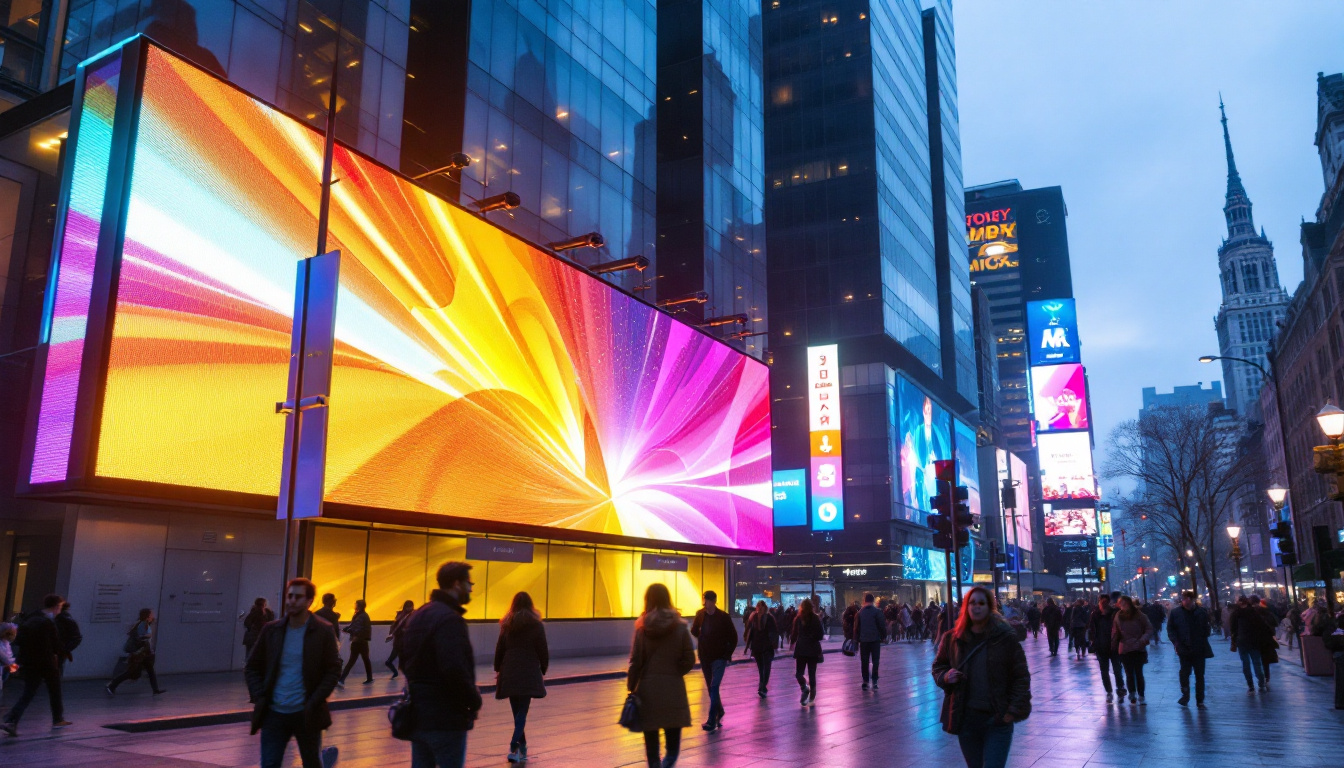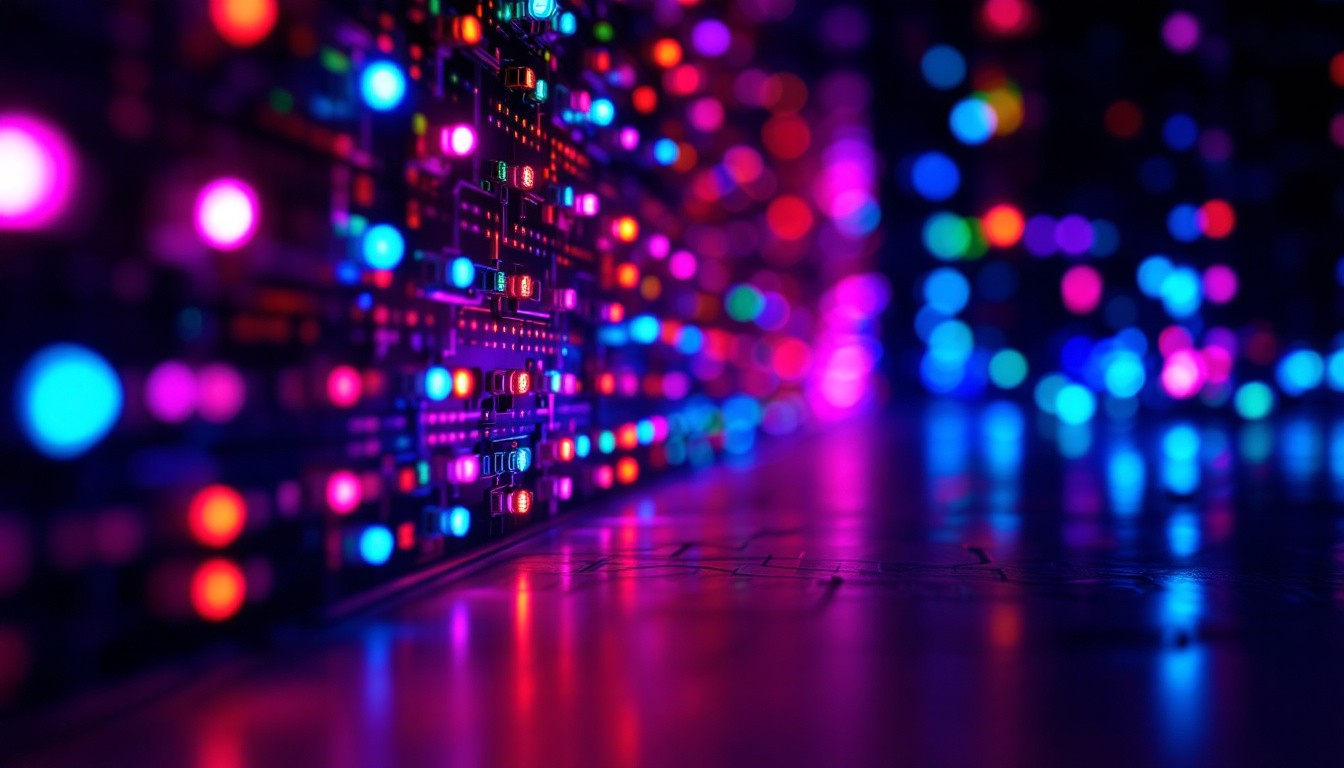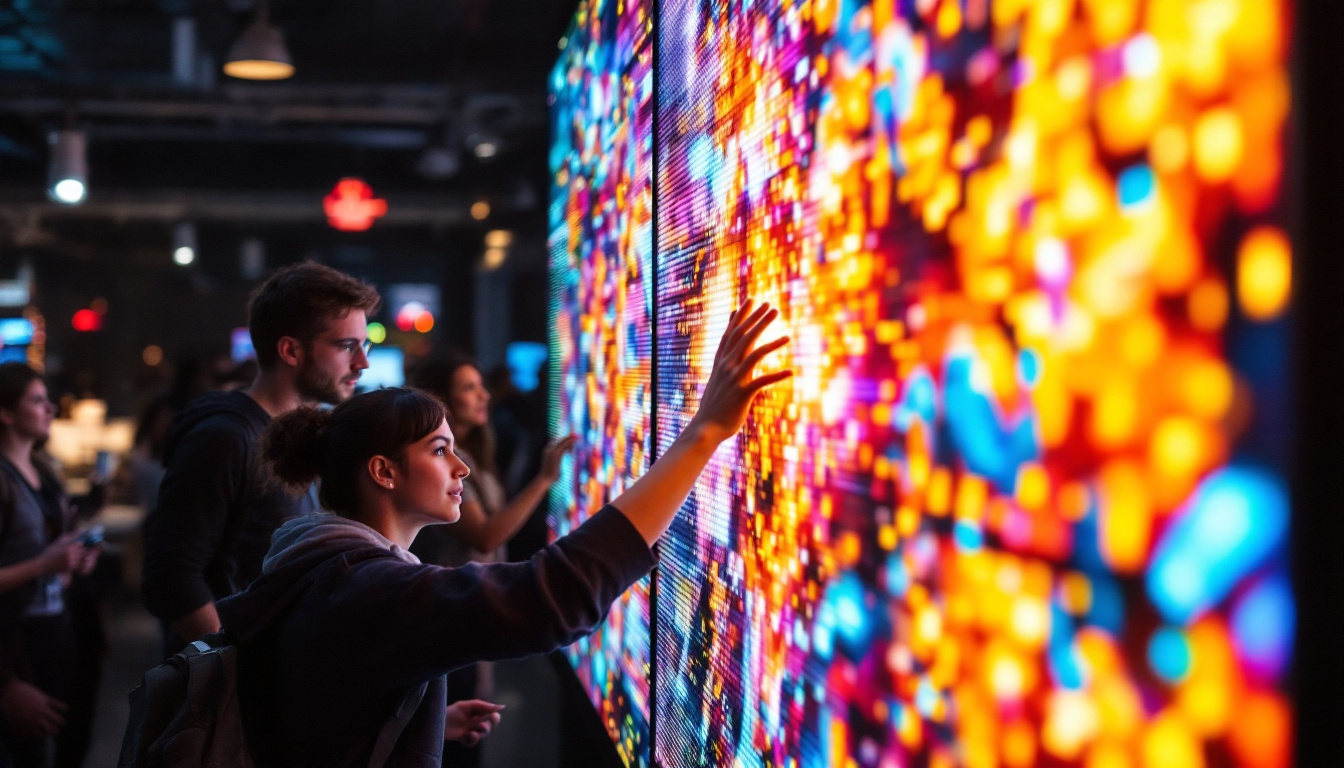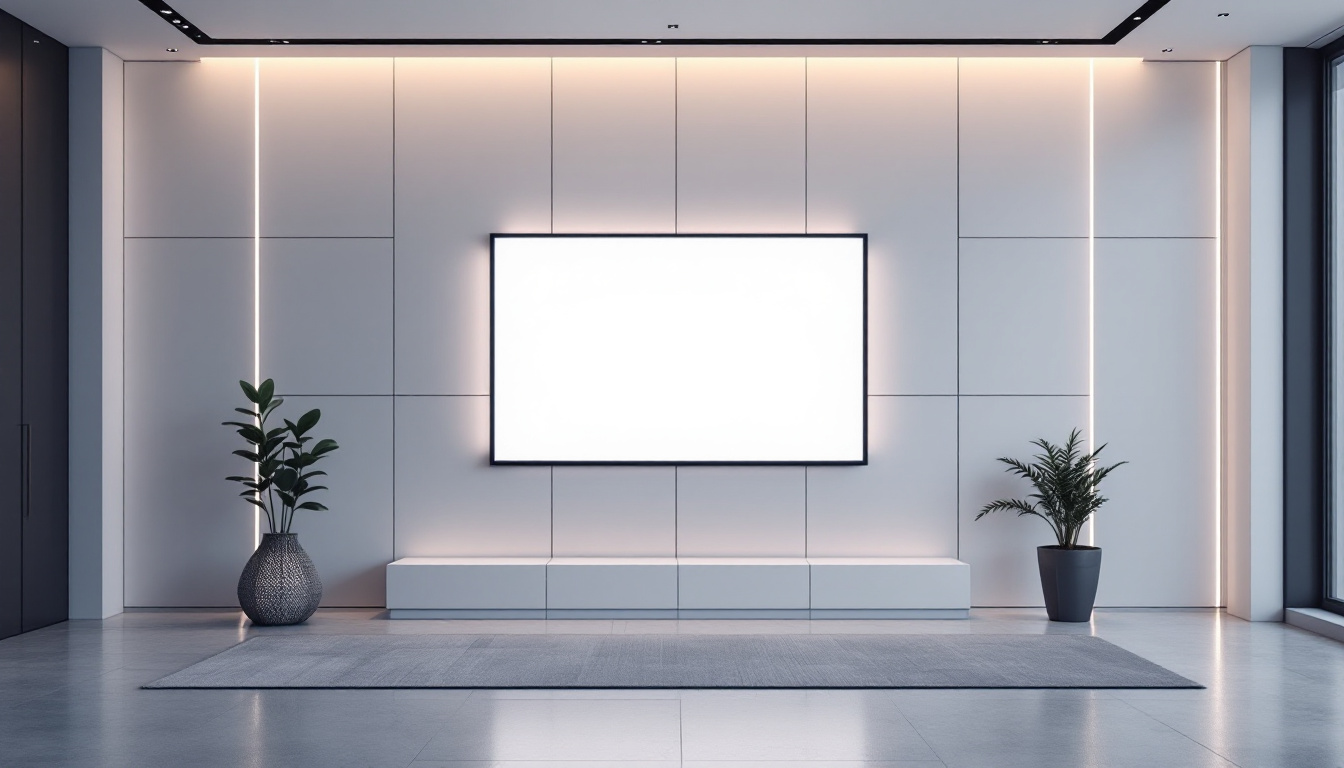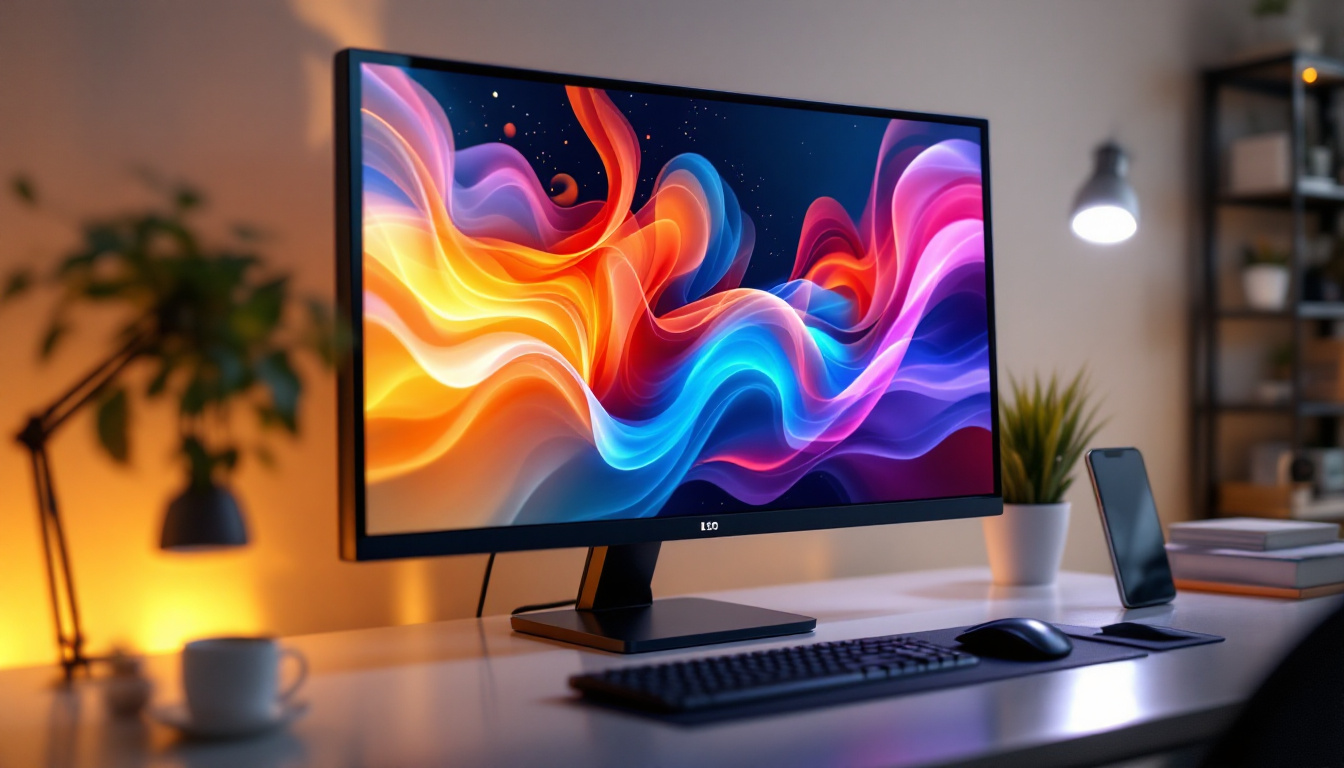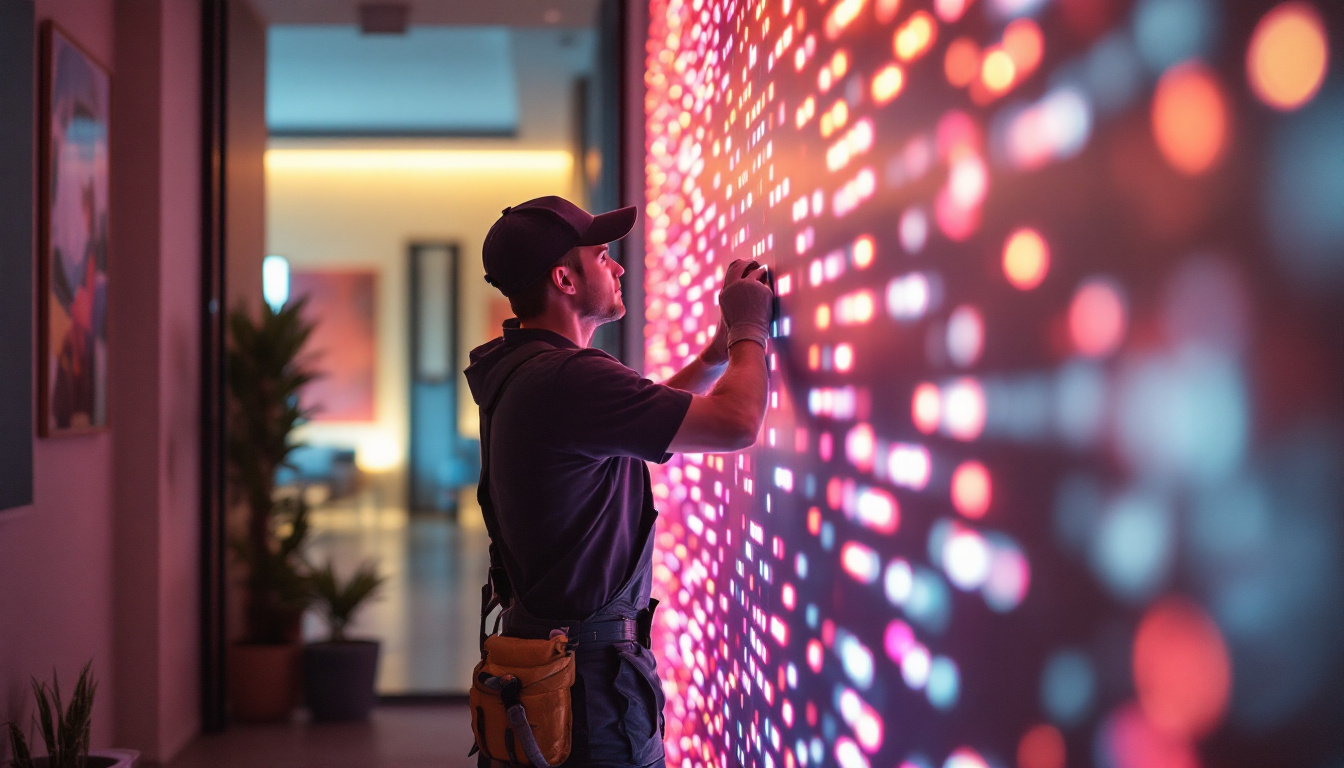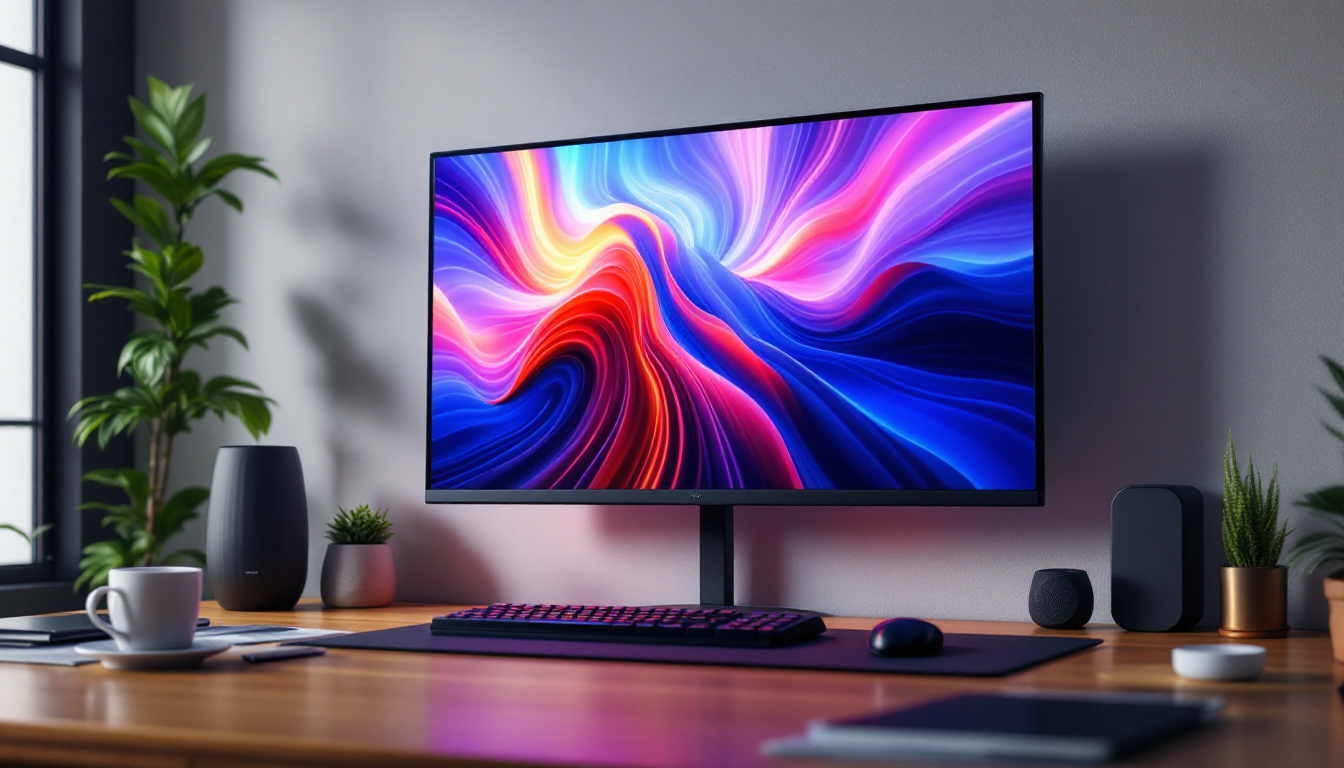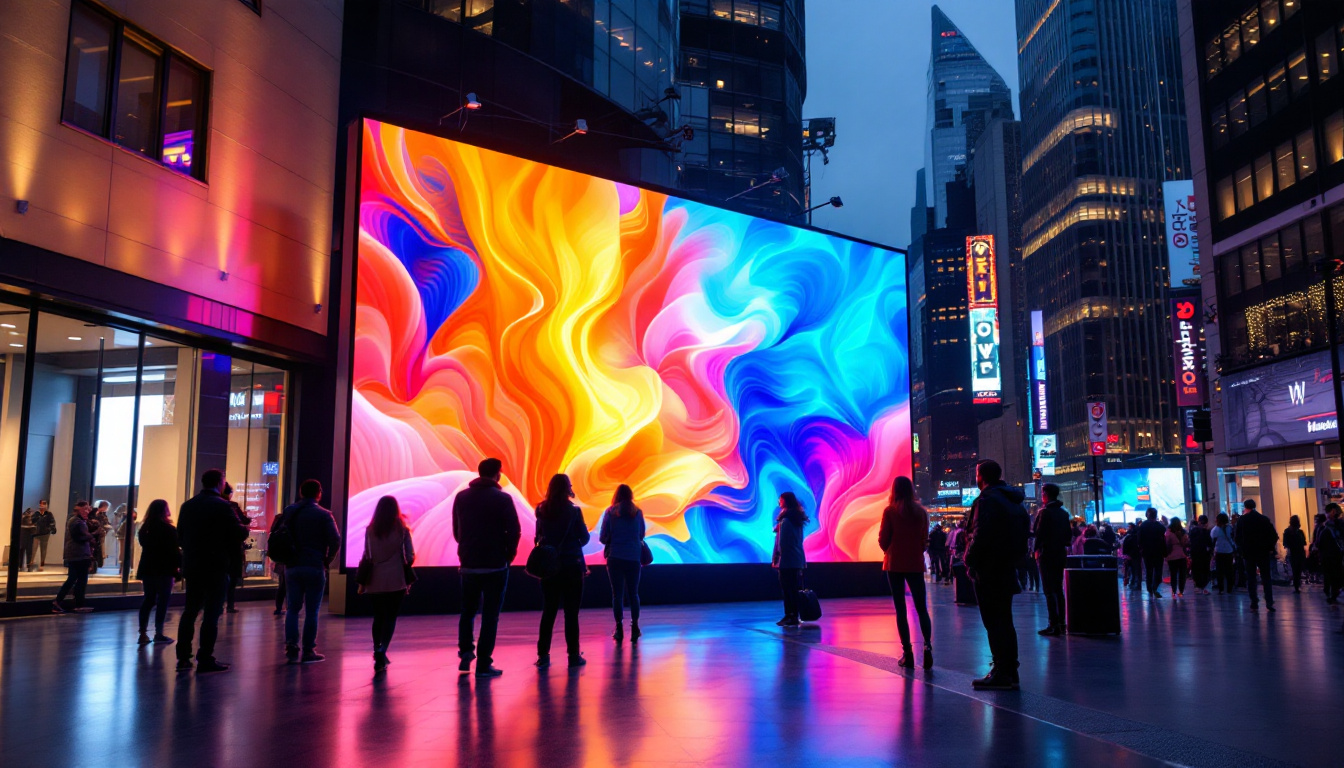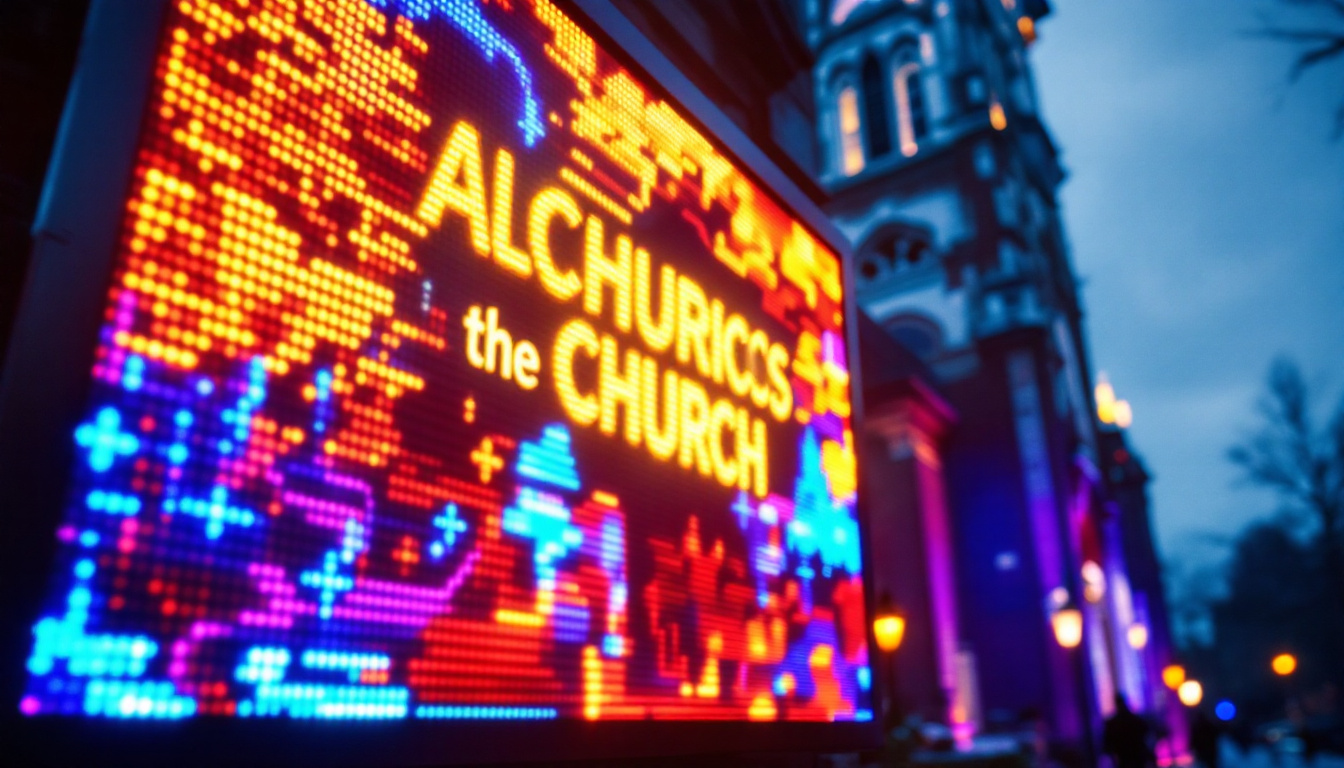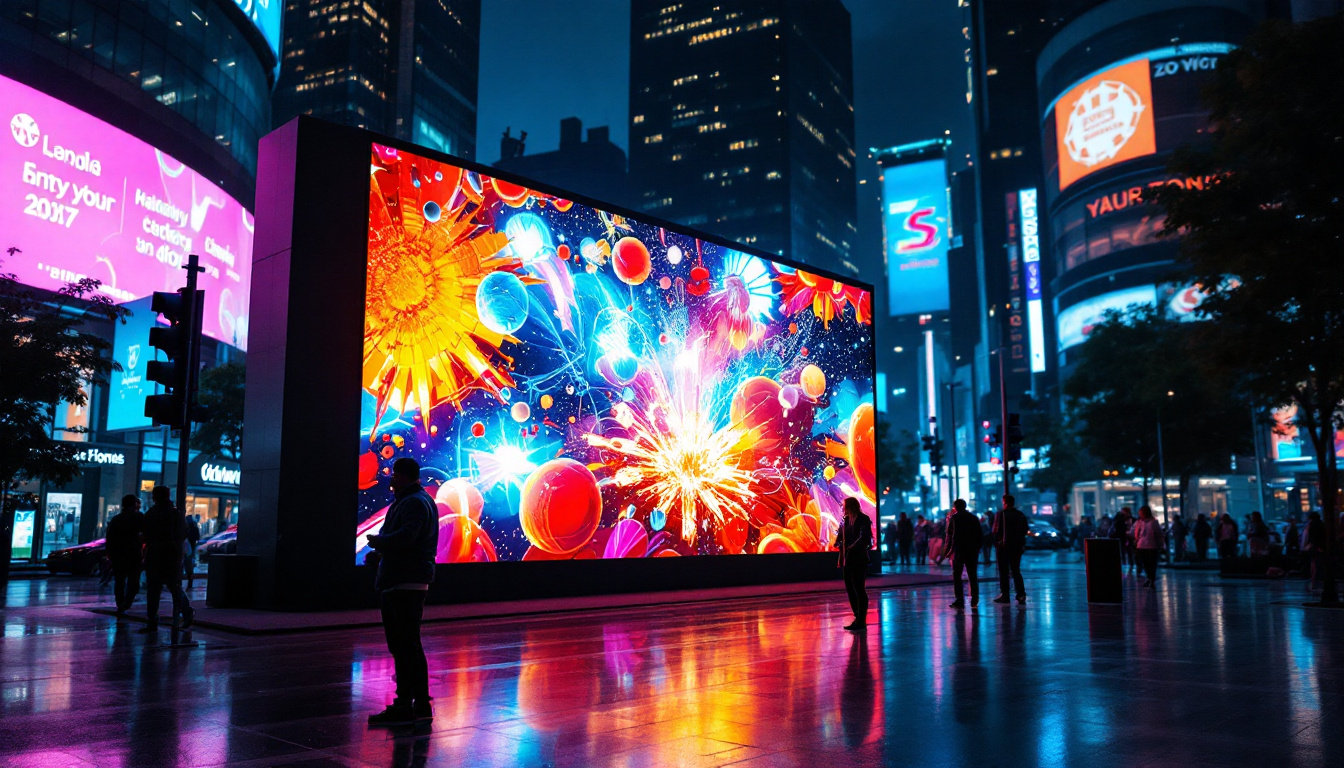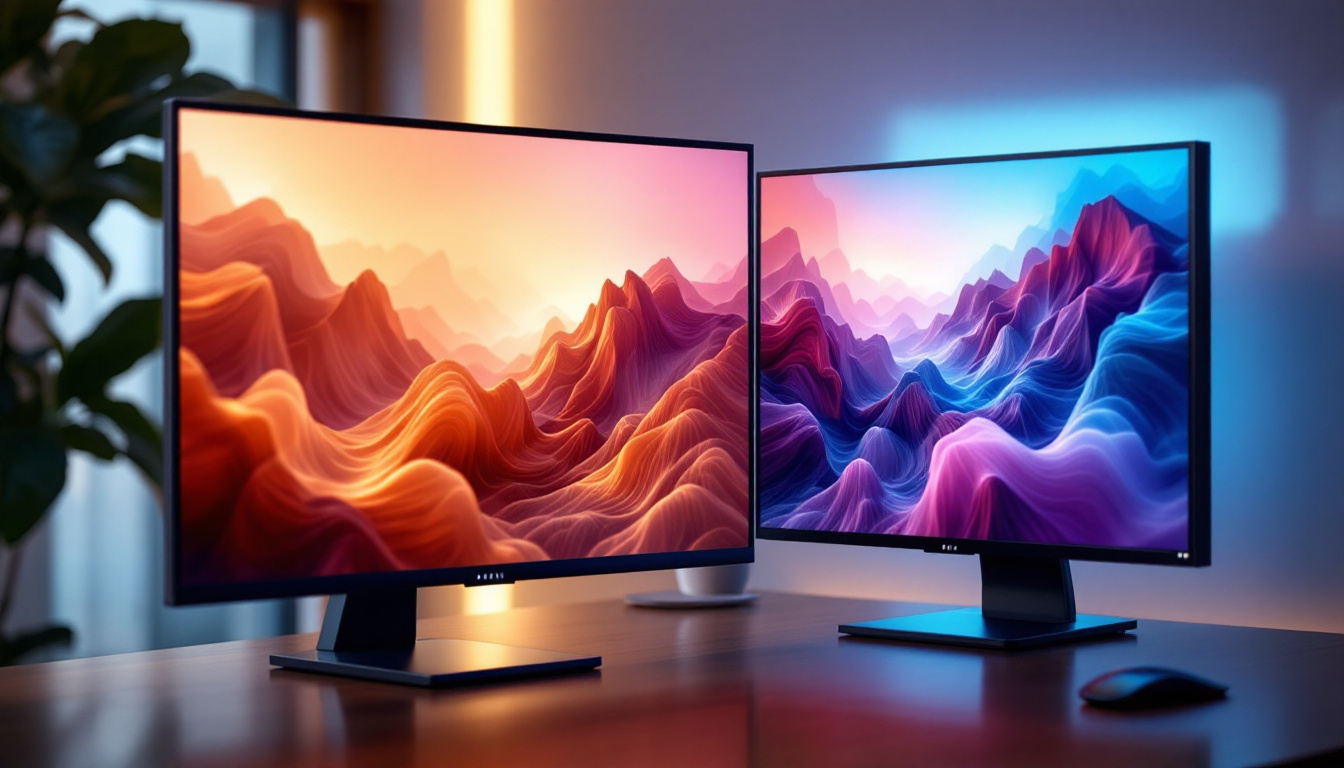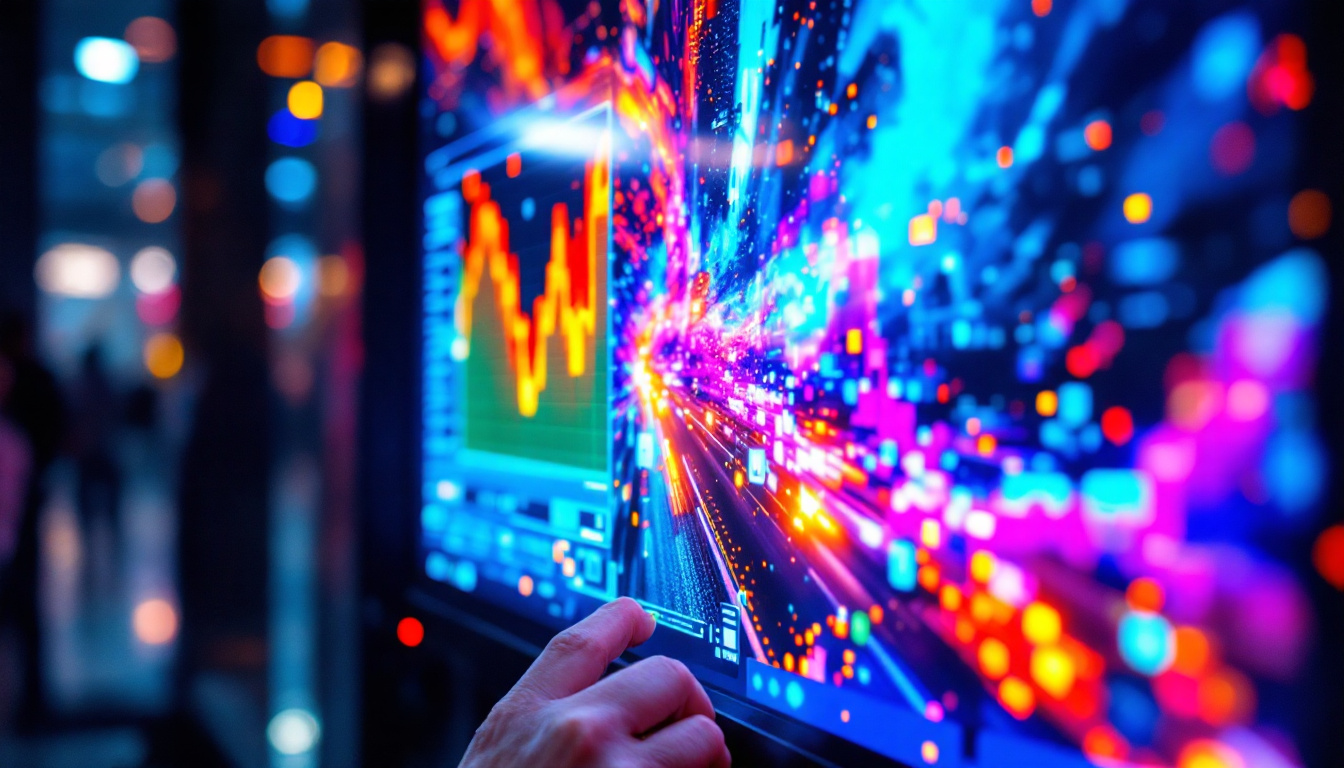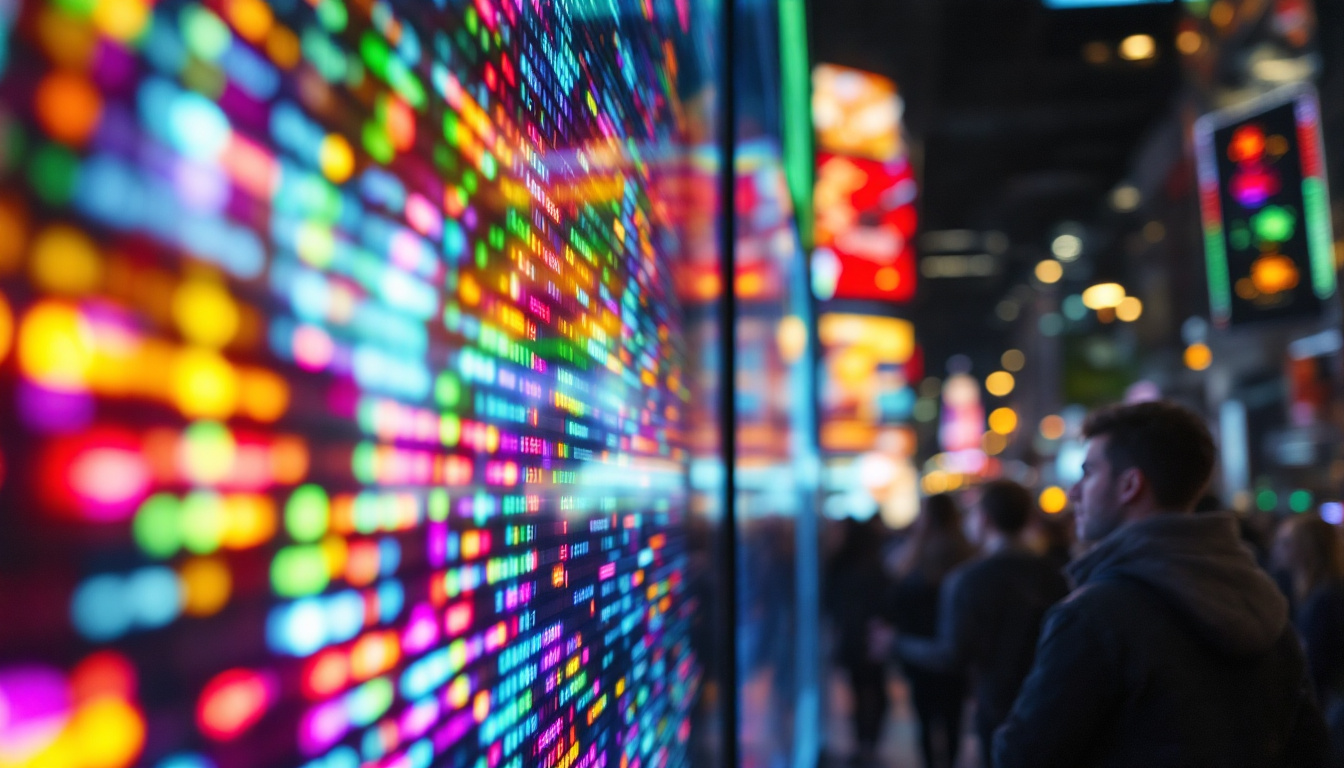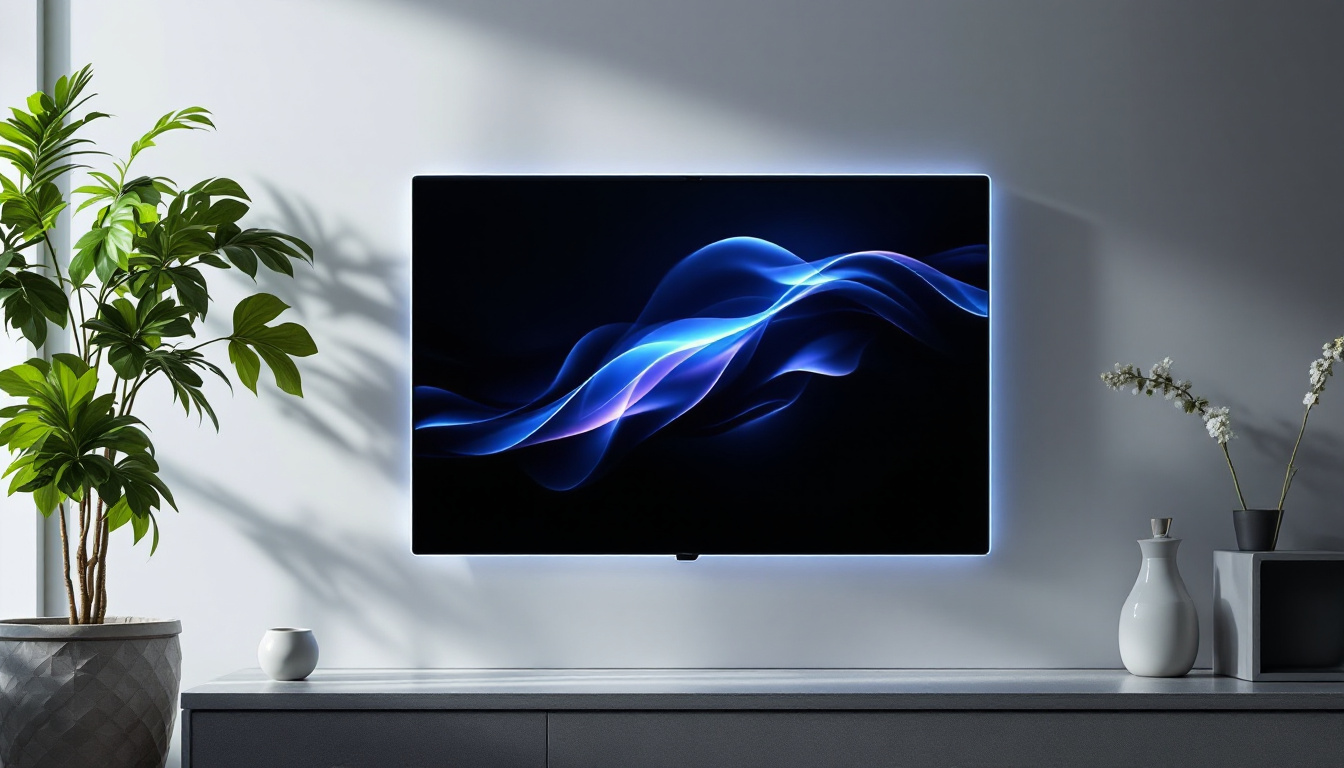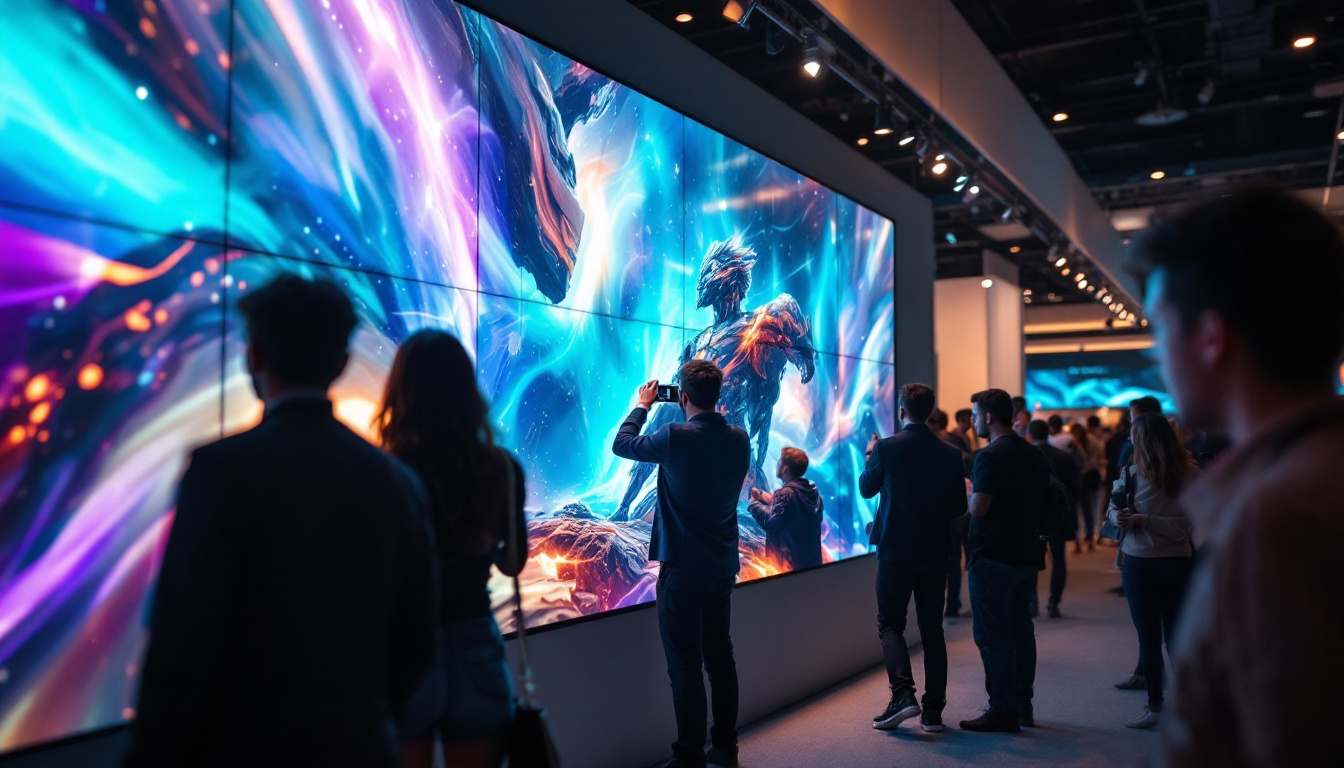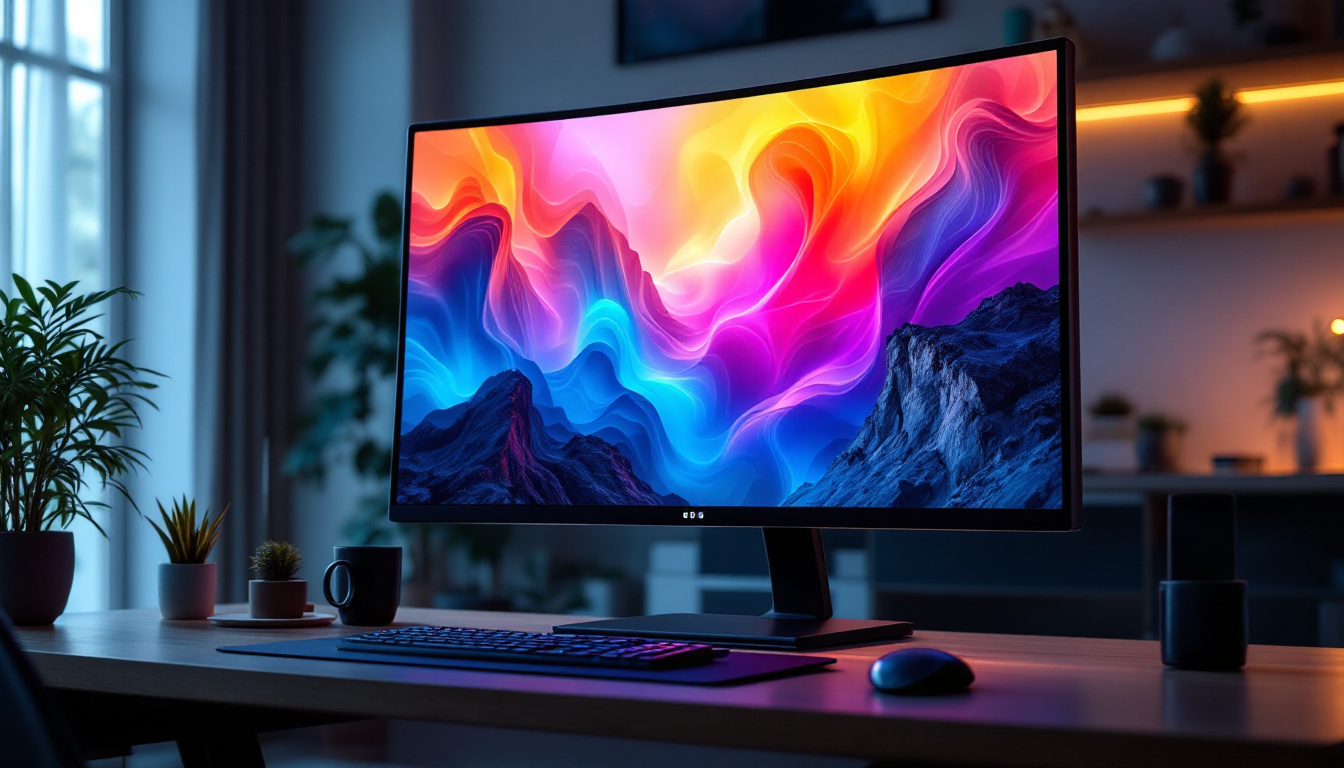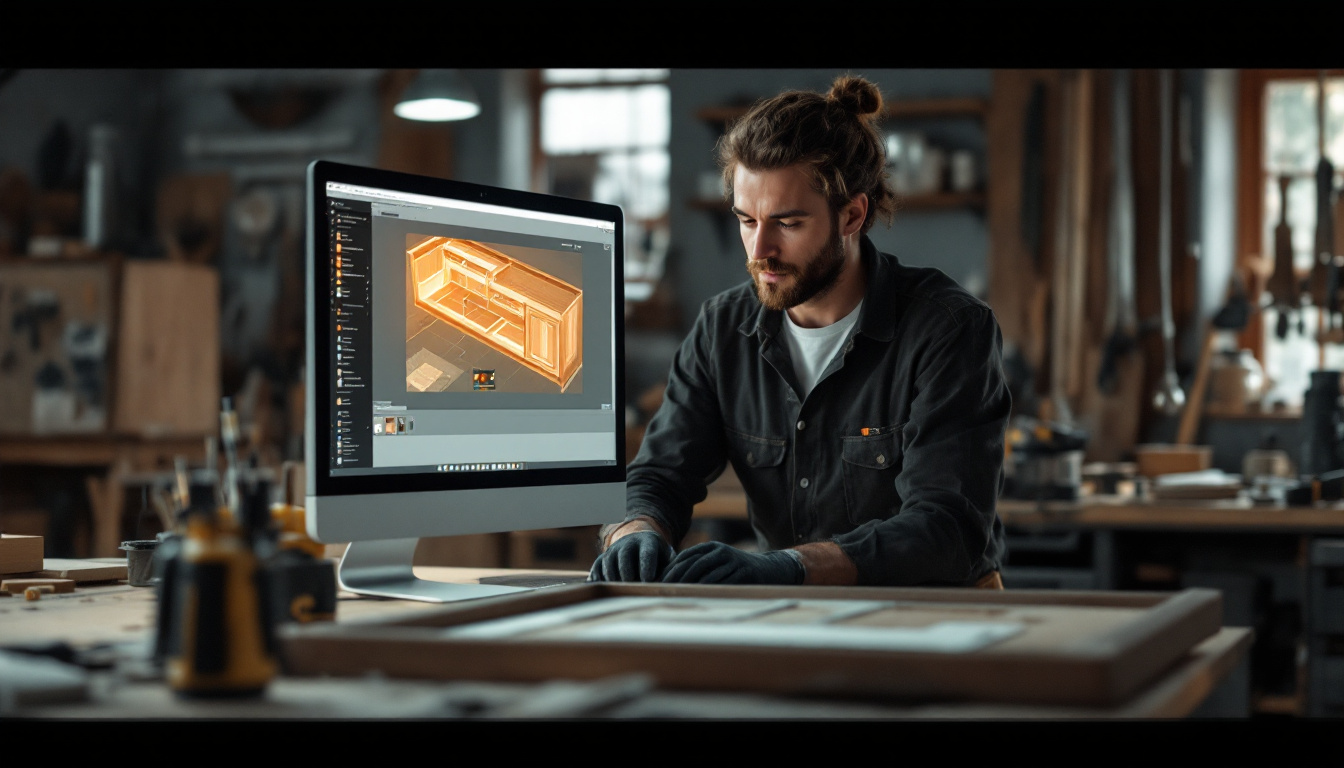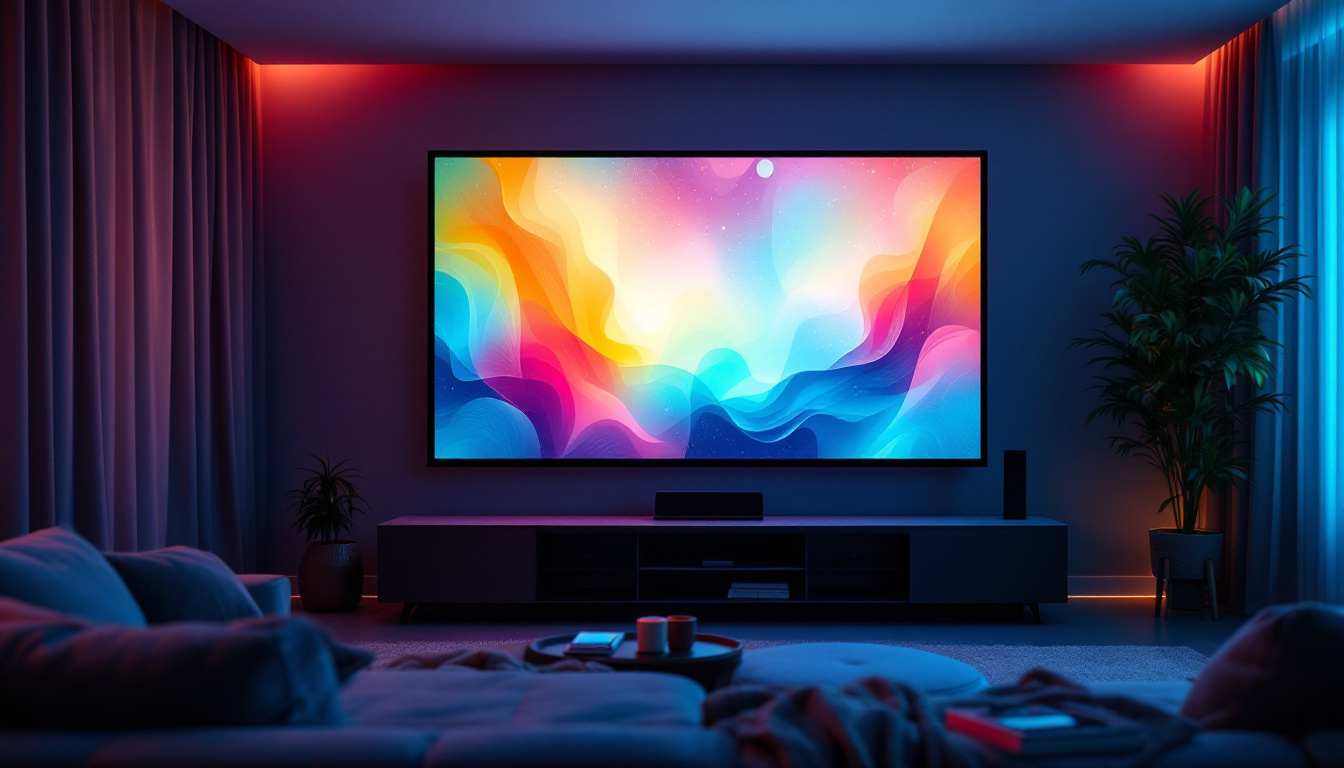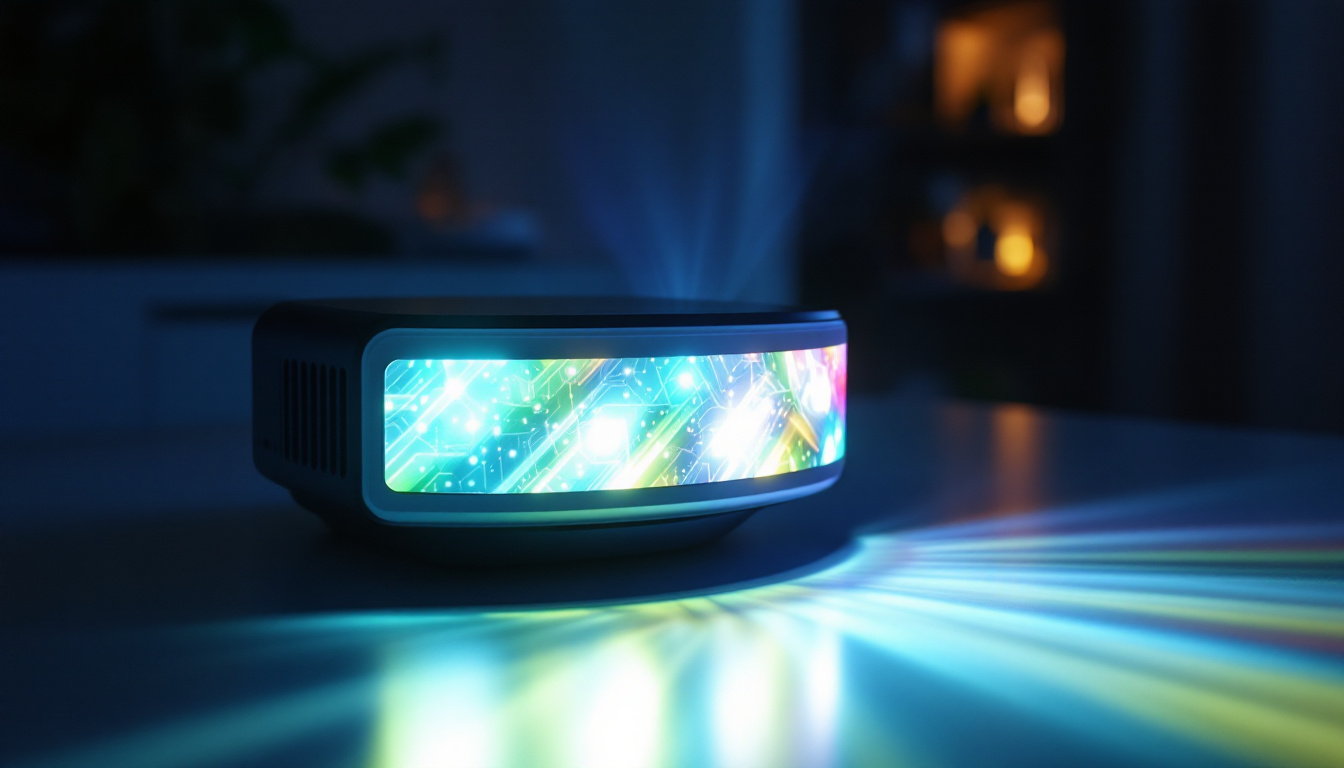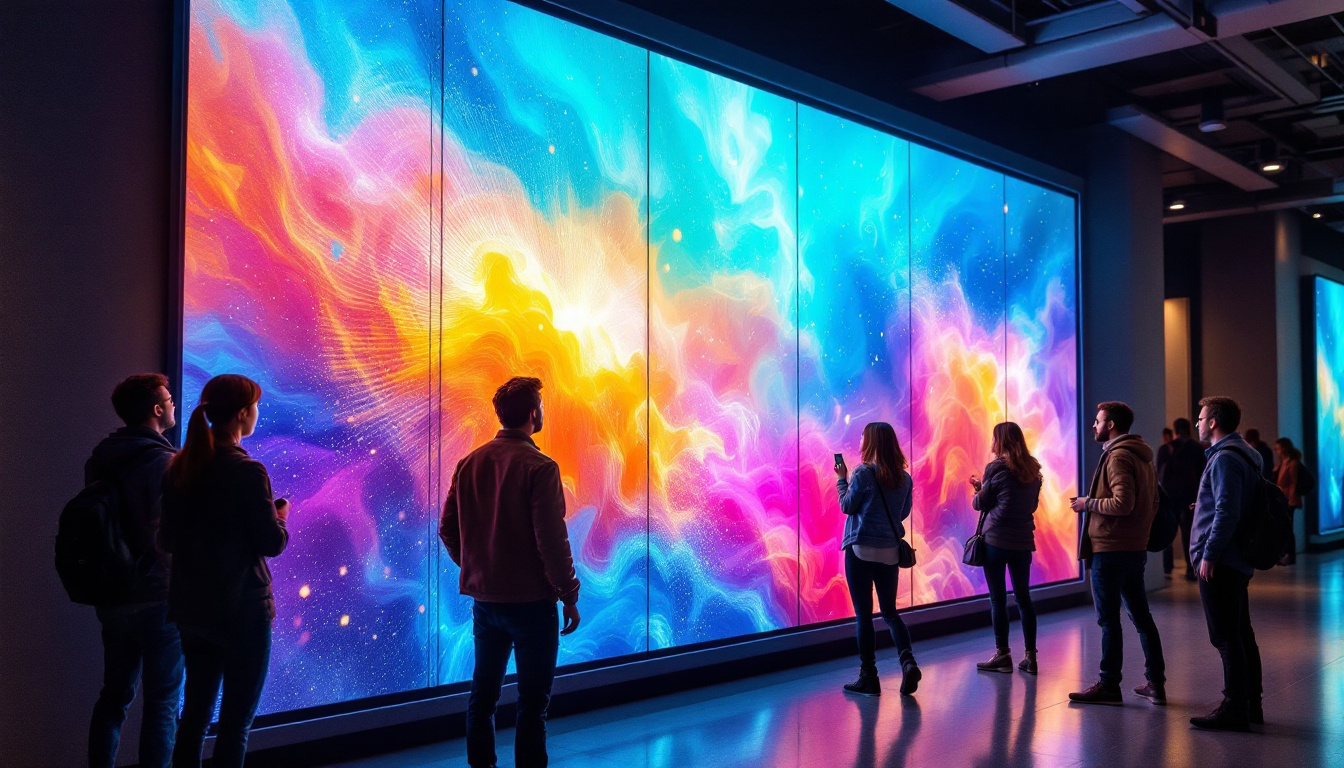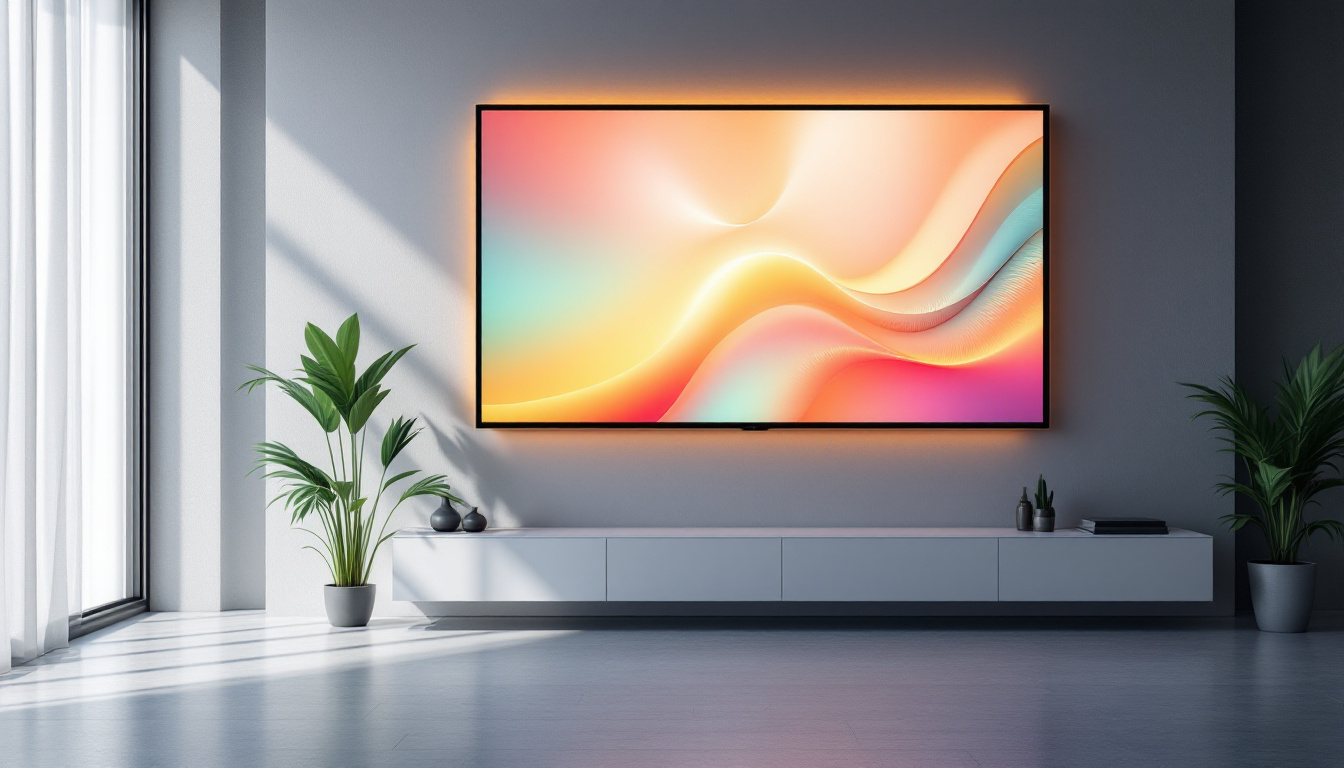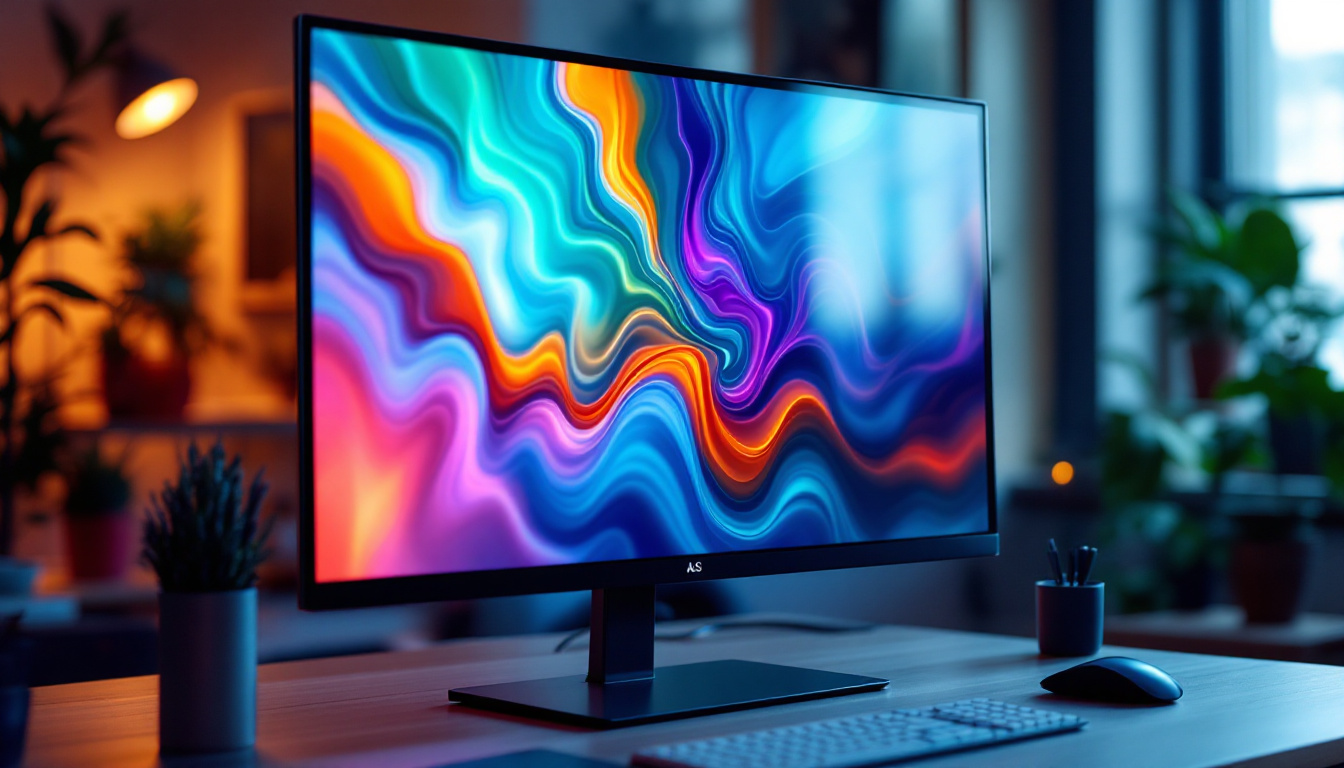In recent years, the advertising landscape has undergone a significant transformation, with 3D billboards emerging as a captivating medium that captures the attention of passersby. These innovative displays utilize advanced LED technology to create stunning visual effects that engage audiences in ways traditional billboards cannot. This article delves into the intricacies of 3D billboards, exploring their technology, applications, and the future of advertising.
The Technology Behind 3D Billboards
3D billboards leverage cutting-edge LED technology to create dynamic and immersive visual experiences. Unlike standard billboards, which typically display flat images, 3D billboards use a combination of high-resolution LED screens and sophisticated software to produce images that appear to have depth and dimension.
How LED Displays Work
LED (Light Emitting Diode) displays consist of a matrix of tiny light sources that emit light when an electric current passes through them. Each LED can produce different colors, allowing for the creation of vibrant and detailed images. By controlling the intensity and color of each LED, designers can craft visuals that seem to pop out from the screen, creating a three-dimensional effect.
The technology behind these displays has evolved significantly, with advancements in pixel pitch (the distance between the centers of adjacent pixels) leading to higher resolution images. This means that viewers can enjoy crystal-clear visuals even from a distance, making 3D billboards highly effective for advertising. Furthermore, the durability and energy efficiency of modern LED technology ensure that these displays can operate in various weather conditions, from scorching heat to heavy rain, without compromising on performance.
3D Visual Effects Techniques
Creating the illusion of depth in 3D billboards involves several techniques, including stereoscopic imaging and parallax scrolling. Stereoscopic imaging uses two slightly different images to create the perception of depth, similar to how human eyes perceive the world. Parallax scrolling, on the other hand, involves moving different layers of images at varying speeds to enhance the depth effect.
These techniques, combined with high-quality graphics and animations, result in eye-catching displays that can draw in viewers and hold their attention longer than traditional advertising methods. Additionally, the integration of augmented reality (AR) elements into 3D billboards has opened up new avenues for interactive advertising. For instance, passersby can use their smartphones to scan a QR code displayed on the billboard, triggering an AR experience that allows them to engage with the brand in a more personal and memorable way. This innovative approach not only enhances viewer engagement but also encourages social sharing, amplifying the reach of marketing campaigns.
Applications of 3D Billboards
The versatility of 3D billboards makes them suitable for a wide range of applications across various industries. From retail to entertainment, these displays can be used to convey messages in a captivating manner.
Retail and Marketing
In the retail sector, 3D billboards serve as powerful marketing tools that can significantly enhance brand visibility. Retailers can showcase their products in an engaging way, allowing potential customers to visualize the product in a dynamic context. For instance, a clothing brand might use a 3D billboard to display a model wearing their latest collection, with the visuals changing to highlight different outfits and styles.
Moreover, the interactive capabilities of some 3D billboards allow consumers to engage with the content directly. For example, QR codes can be integrated into the display, enabling viewers to scan the code with their smartphones for exclusive offers or additional information. This interactivity not only fosters a deeper connection between the consumer and the brand but also provides valuable data for retailers to analyze consumer behavior and preferences, further refining their marketing strategies.
Entertainment and Events
3D billboards are also prevalent in the entertainment industry, often used to promote movies, concerts, and events. These displays can create a buzz around upcoming releases or performances, drawing in audiences with visually stunning trailers or animations that capture the essence of the event. The ability to create immersive experiences through 3D visuals can elevate the excitement surrounding a launch, making it more memorable for potential attendees.
During major events such as music festivals or sports competitions, 3D billboards can serve as focal points, providing real-time updates, schedules, and interactive content that enhances the overall experience for attendees. Additionally, these billboards can feature live feeds or highlights, allowing fans to stay connected with the action even if they are not in the front row. This integration of technology not only enriches the audience’s experience but also amplifies the event’s reach by encouraging social media sharing and engagement.
Public Awareness Campaigns
Beyond commercial applications, 3D billboards can play a crucial role in public awareness campaigns. Non-profit organizations and governmental bodies can utilize these displays to convey important messages about health, safety, and social issues. The engaging nature of 3D visuals can help capture attention and encourage viewers to take action, whether it be donating to a cause or participating in community initiatives. For example, a campaign focused on environmental conservation might use a 3D billboard to depict the beauty of nature alongside stark visuals of pollution, prompting viewers to reflect on their impact on the environment.
Furthermore, the adaptability of 3D billboards allows for localized messaging that resonates with specific communities. By tailoring content to address local issues, organizations can foster a sense of urgency and relevance, motivating individuals to engage with the message. This localized approach not only enhances the effectiveness of the campaign but also builds a stronger connection between the organization and the community it serves, ultimately leading to greater participation and support for the cause.
The Impact of 3D Billboards on Advertising
The introduction of 3D billboards has revolutionized the advertising industry, providing brands with new opportunities to connect with their audiences. The impact of these displays can be observed in several key areas.
Enhanced Engagement
One of the most significant benefits of 3D billboards is their ability to enhance audience engagement. Traditional billboards often struggle to capture attention in a fast-paced environment, but the dynamic nature of 3D displays draws viewers in. Research has shown that consumers are more likely to remember advertisements that feature eye-catching visuals, making 3D billboards a valuable tool for brand recall.
Furthermore, the interactive elements of some 3D billboards encourage viewers to engage with the content, whether through social media interactions or direct responses to calls-to-action. This level of engagement can lead to increased brand loyalty and customer retention.
Increased Brand Visibility
3D billboards stand out in a crowded advertising landscape, making them an effective means of increasing brand visibility. Their unique and captivating designs can set a brand apart from competitors, ensuring that it remains top-of-mind for consumers. This heightened visibility can translate into increased foot traffic, online engagement, and ultimately, sales.
Brands that invest in 3D billboard advertising often find that the return on investment is substantial, as the captivating nature of these displays can lead to higher conversion rates compared to traditional advertising methods.
Challenges and Considerations
Despite their many advantages, 3D billboards also present certain challenges. The cost of installation and maintenance can be significant, particularly for high-quality displays. Additionally, the technology requires ongoing updates and content creation to keep the visuals fresh and engaging.
Moreover, advertisers must consider the location and placement of 3D billboards to maximize their impact. A well-placed billboard in a high-traffic area can yield impressive results, while a poorly positioned display may not reach its intended audience effectively.
The Future of 3D Billboards
As technology continues to advance, the future of 3D billboards looks promising. Innovations in LED technology, augmented reality (AR), and artificial intelligence (AI) are set to further enhance the capabilities of these displays.
Integration with Augmented Reality
One of the most exciting developments on the horizon is the integration of augmented reality with 3D billboards. This technology allows viewers to interact with the display using their smartphones or AR glasses, creating an immersive experience that blurs the lines between the digital and physical worlds.
For example, a 3D billboard promoting a new video game could allow users to scan the display and enter a virtual environment where they can explore game features or even play a demo. This level of interactivity has the potential to revolutionize how brands engage with their audiences.
Personalization Through AI
Artificial intelligence is also poised to play a significant role in the evolution of 3D billboards. By analyzing consumer data and behavior, AI can help create personalized advertising experiences tailored to individual preferences. This could mean displaying different content based on the time of day, weather conditions, or even the demographics of the audience viewing the billboard.
Such personalization can lead to higher engagement rates, as consumers are more likely to respond positively to content that resonates with their interests and needs.
Sustainability Considerations
As environmental concerns continue to rise, the advertising industry is increasingly focusing on sustainability. Future 3D billboards may incorporate eco-friendly materials and energy-efficient technologies to minimize their environmental impact. Innovations such as solar-powered displays and recyclable components could become standard in the industry, aligning advertising practices with global sustainability goals.
Conclusion
3D billboards represent a remarkable advancement in advertising technology, offering brands a dynamic and engaging way to connect with their audiences. By leveraging LED technology, innovative visual effects, and interactive capabilities, these displays have transformed the traditional advertising landscape.
As the industry continues to evolve, the integration of augmented reality, artificial intelligence, and sustainability will shape the future of 3D billboards, providing even more opportunities for brands to engage with consumers in meaningful ways. As businesses adapt to these changes, the potential for 3D billboards to captivate audiences and drive results will only continue to grow.
Discover the Future of Visual Engagement with LumenMatrix
Ready to elevate your brand’s presence and captivate your audience like never before? Embrace the future of advertising with LumenMatrix’s cutting-edge LED display solutions. From immersive Indoor and Outdoor LED Wall Displays to innovative Vehicle and Sports LED Displays, LumenMatrix offers a wide array of options tailored to your unique needs. Experience the power of Custom LED Displays, All-in-One solutions, and LED Transparent Displays designed to revolutionize visual communication. Don’t miss the opportunity to transform your brand’s messaging with clarity and impact. Check out LumenMatrix LED Display Solutions today and step into a new era of audience engagement.

